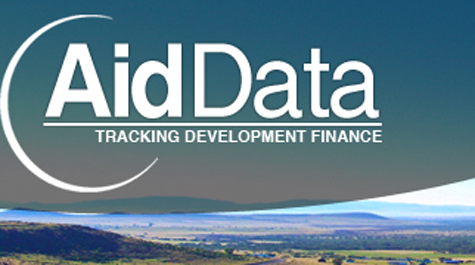AidData helps develop tech tool for global development
AidData, a joint initiative of the College of William and Mary, Brigham Young University, and Development Gateway, built an innovative application called Development Loop for submission to the World Bank’s Apps for Development competition. Voting on contest entries is now open to the public through the World Bank website.
”Every year, billions of dollars of development aid go to fund schools, clinics, roads, and other projects around the world,” says William & Mary Professor Mike Tierney, who is director of the Institute for the Theory and Practice of International Relations. “This kind of tool can allow citizens of communities that receive aid to see what funds have been allocated, and then to report on the results by adding comments and photos. By creating a feedback loop between donors and beneficiaries, technology can help ensure that aid makes a positive impact on people’s lives.”
The World Bank launched this competition to challenge international development practitioners and software developers to create web apps that employ aid information to solve pressing global development problems.
Development Loop uses data on World Bank and African Development Bank aid projects, overlaid with local development indicators (such as poverty and malnutrition rates). It also weaves in project success stories from GlobalGiving, a non-profit organization that allows people to make donations directly to social entrepreneurs around the world, in order to generate a visual story of aid, need, and feedback. AidData developed the tool with technical support from Esri.
In the competition’s application gallery, the public can learn how technology is being used in development practice and researchers can develop ideas for their own projects and innovative software applications.
















